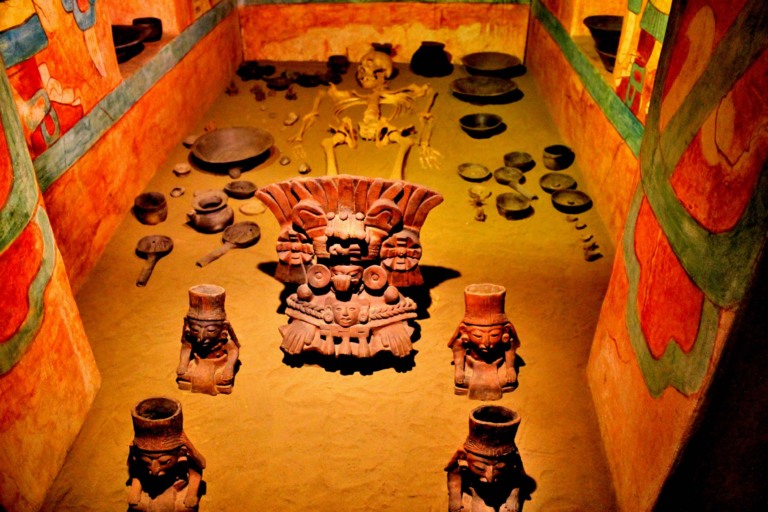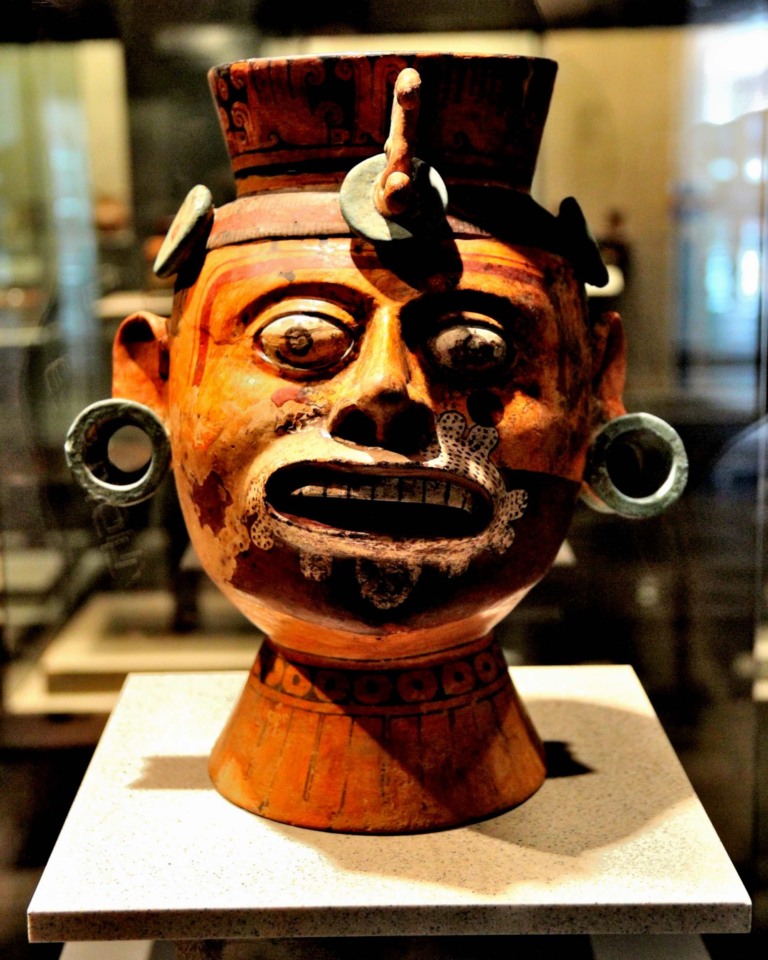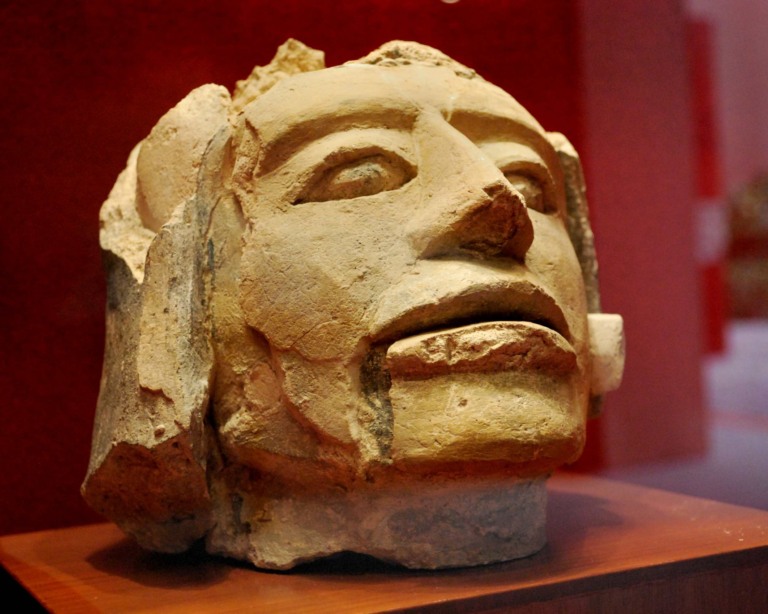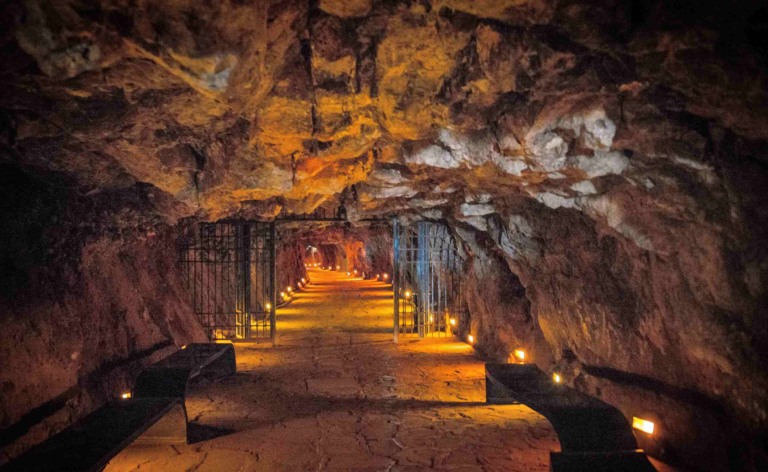The ancient Maya city of Calakmul and the surrounding protected tropical forests are located in the state of Campeche, Mexico. Calakmul ruins are renowned for their historical significance as a major Maya city and their ecological importance as a protected forest area.
Ancient Maya City and Protected Tropical Forests of Calakmul Campeche
1. Ancient Maya City of Calakmul: Calakmul was one of the most powerful and significant ancient Maya cities during the Classic period (c. 250–900 AD). It was a major center of political, economic, and religious activity within the Maya civilization.
The city is known for its impressive architectural structures, including temples, pyramids, palaces, and ball courts. One of the most notable features of Calakmul is its monumental architecture, particularly Structure II, which is one of the tallest pyramids in the Maya world.
2. Protected Tropical Forests: The Calakmul Biosphere Reserve, which surrounds the ancient city, is one of the largest protected tropical forest areas in Mexico. It covers approximately 7,231 square kilometers (2,791 square miles) and serves as an important ecological haven.
The reserve is home to diverse flora and fauna, including various species of mammals, birds, reptiles, and plants. It’s considered a critical habitat for biodiversity in the region and plays a crucial role in maintaining the health of the ecosystem.
The site’s inscription as a UNESCO World Heritage Site in 2002 acknowledges both the historical significance of the Maya city and the importance of preserving the surrounding tropical forests. This designation recognizes the interconnection between cultural heritage and natural heritage, highlighting the symbiotic relationship between human history and the environment.
Visitors to the ancient Maya city of Calakmul and the surrounding protected forests have the opportunity to explore the remnants of an ancient civilization while also experiencing the beauty and importance of a well-preserved natural ecosystem. The site offers a unique blend of cultural and ecological significance that attracts tourists, researchers, and conservationists alike.
Calakmul Campeche History and Facts
3. Calakmul Facts: The Calakmul Biosphere Reserve, previously used as farmland, now consists mainly of tropical forests. From around 1100 B.C. to 1000 A.D., it was the center of the Maya culture’s peak, followed by a dramatic decline, leading to the abandonment of bustling towns. As a result, the area holds a unique record of an ancient culture.
Despite its challenging environment, the Maya culture thrived here, leaving behind ruins and cultural artifacts that provide insights into their lives. Located in the second-largest tropical forest in the Americas after the Amazon, the area has witnessed changes due to human activities.
The Calakmul Biosphere Reserve is recognized for its ecological importance and biodiversity, hosting various species of mammals and birds. The government’s efforts have focused on preserving the delicate balance of the ecosystem while protecting these species, many of which are endangered.
4. Where is Calakmul, Mexico? Archaeological sites within the reserve, such as the Calakmul ruins, offer valuable information about Maya culture’s development, social complexity, and architecture. Stelae, hieroglyphics, and monuments provide insights into the area’s political history and societal changes. The architectural styles, such as “Peten” and “Rio Bec,” showcase the evolution of Maya society.
The reserve’s significance also lies in its role as an ecological corridor, connecting forests in Mexico, Guatemala, and Belize. This helps species adapt to climate change and maintain healthy populations. The reserve’s stability in an ever-changing world makes it crucial for safeguarding diverse forms of life.
Instituted in 1989, the Calakmul Biosphere Reserve protects both natural and cultural heritage. The Mexican government, through organizations like CONANP and INAH, ensures the conservation of these resources. Legal protection and management plans are in place to maintain the area’s ecological and cultural value, fostering a balance between preservation and responsible use.
This reserve stands as a testament to the endurance of the Maya culture in a challenging environment and serves as a source of knowledge for archaeology, ecology, and history. Its lush tropical forests, diverse species, and archaeological remnants collectively contribute to its status as a UNESCO World Heritage Site.
Things to do in Calakmul Campeche Mexico
Exploring the ancient Maya city of Calakmul in Campeche, Mexico, offers a captivating journey into history and culture. Here are some activities you can enjoy during your visit:
5. Explore Archaeological Sites: Wander through the well-preserved ruins of Calakmul’s temples, pyramids, and palaces. Climb to the top of the pyramids for panoramic views of the surrounding jungle canopy.
6. Visit the Great Pyramid: Ascend the Great Pyramid, also known as Structure II, for an incredible vantage point over the site and the expansive forest.
7. Admire Stelae and Hieroglyphs: Study the stelae and hieroglyphic inscriptions found throughout the site, which provide insights into the city’s history, politics, and culture.
8. Hike Nature Trails: Explore hiking trails within the Calakmul Biosphere Reserve to witness the lush tropical flora and fauna, including unique bird species, howler monkeys, and jaguars.
9. Wildlife Watching: Engage in wildlife spotting and birdwatching within the reserve, as the area is home to diverse species that thrive in the protected environment.
10. Guided Tours: Take guided tours led by local experts who can provide historical context and share fascinating stories about the ancient Maya civilization and the site’s significance.
11. Photography: Capture the intricate architecture, intricate carvings, and stunning natural surroundings through your camera lens.
12. Picnic in Nature: Pack a picnic and enjoy a meal surrounded by the sounds of the jungle. Many areas offer designated spots for picnicking.
13. Visitor Center: Start your visit at the Calakmul Visitor Center to learn about the history of the site, the Maya civilization, and the importance of the surrounding biosphere reserve.
14. Stargazing: At night, experience the incredible dark skies above Calakmul. The site’s remote location makes it an excellent spot for stargazing.
15. Nature Interpretation: Engage in nature interpretation activities that help you understand the ecological importance of the area and its diverse ecosystems.
16. Cultural Workshops: Participate in workshops or events that offer insights into ancient Maya customs, arts, and traditions.
17. Support Conservation: Learn about the efforts to preserve both the archaeological and natural aspects of the site and consider contributing to conservation initiatives.
18. Local Cuisine: Experience local cuisine by trying traditional dishes from the region at nearby eateries.
19. Souvenir Shopping: Browse local markets for handicrafts, textiles, and souvenirs that showcase the region’s culture and craftsmanship.
Remember to respect the site’s rules and regulations, as well as its natural and cultural significance. Calakmul offers a unique blend of history, nature, and culture, making it an enriching destination for travelers interested in archaeology and the wonders of the tropical forest.
How to get to Calakmul Ruins
Getting to the Calakmul Ruins involves a combination of transportation options due to their remote location within the Calakmul Biosphere Reserve in Campeche, Mexico. Here’s a general guide on how to reach the ruins:
20. Fly to Campeche or Villahermosa: The nearest major airports are the Campeche International Airport (CPE) and the Carlos Rovirosa Pérez International Airport (VSA) in Villahermosa. You can fly into either of these airports from various Mexican cities.
21. Rent a Car: Renting a car is a convenient option to reach Calakmul. From Campeche or Villahermosa, rent a car and drive towards the town of Xpujil, which serves as a base for visiting the ruins.
22. Public Transportation: If you prefer not to rent a car, you can take a bus to Xpujil from Campeche or Villahermosa. Buses are available, but schedules may vary. Once in Xpujil, you can arrange local transportation to the Calakmul Ruins.
23. Local Transportation: From Xpujil, you can hire a local guide or a tour operator to take you to the Calakmul Ruins. Most tours include transportation, entrance fees, and a knowledgeable guide.
24. Guided Tours: Joining a guided tour is a popular and hassle-free way to visit the ruins. Tours are often organized from cities like Campeche and Villahermosa. They usually include transportation, guides, and sometimes meals.
25. Private Transfers: Some tour operators offer private transfers from nearby cities or airports directly to the Calakmul Ruins.
26. Driving to the Ruins: If you’re driving, follow Highway 186 south from Xpujil. Signs indicating the direction to Calakmul will guide you. The road to Calakmul is a well-maintained highway, but the last stretch leading to the ruins is a narrow road through the reserve.
27. Accommodation: Consider staying overnight in Xpujil or within the Calakmul Biosphere Reserve, as the site is extensive and deserves more than a day’s exploration. Lodging options within the reserve are limited but offer a unique opportunity to experience the jungle’s ambiance.
It’s advisable to plan your trip in advance, especially if you’re considering public transportation or guided tours, as schedules and availability may vary. The journey to Calakmul Ruins rewards travelers with a remarkable experience of exploring ancient Maya history within a pristine tropical environment.








